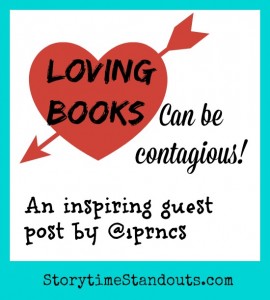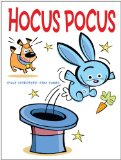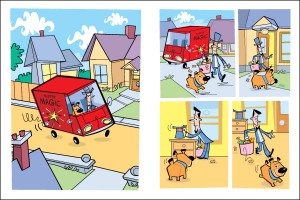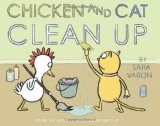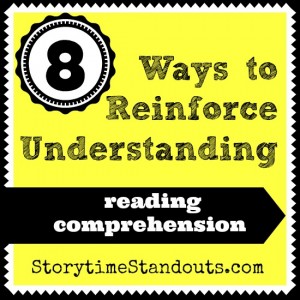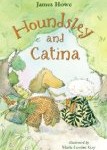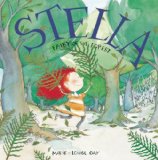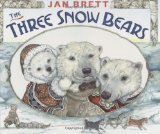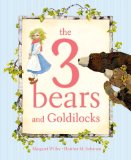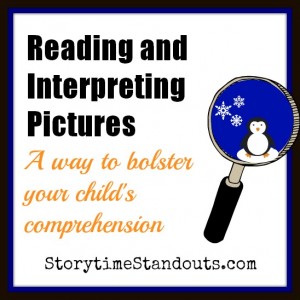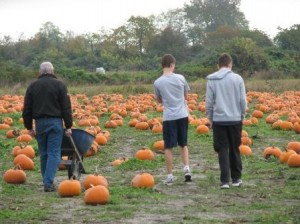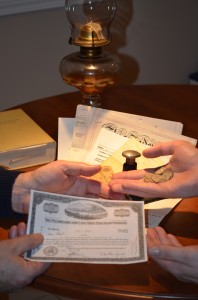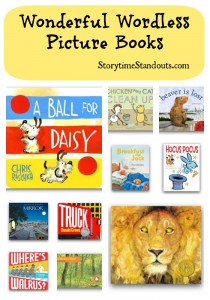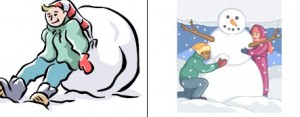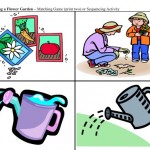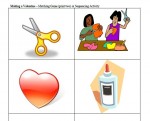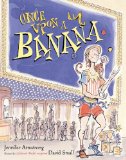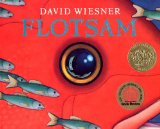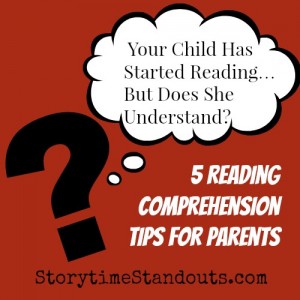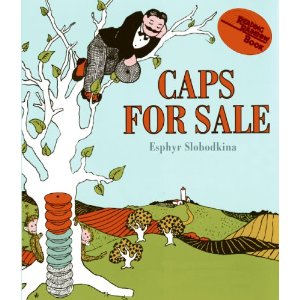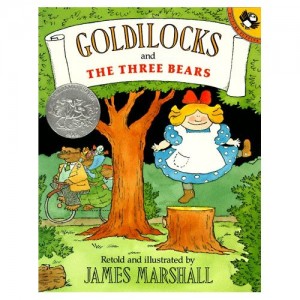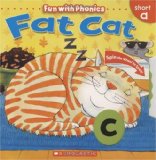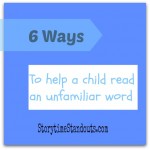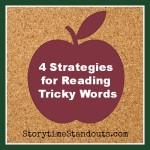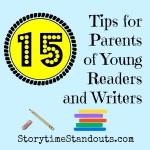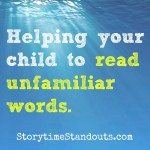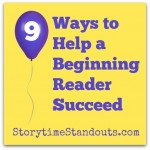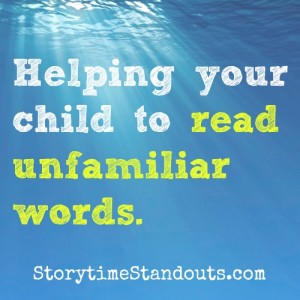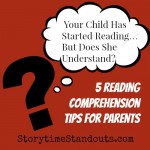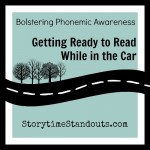It’s no secret that we are impacted by the thoughts and actions of others. It starts early in life when we begin to mimic what we see, even as babies. As we get older and move into the preteen and teen ages, what others think matters to us immensely. We want others to like us, to want to be with us and the same goes for them. Someone out there wants you to like them. As I tell my grade five students, we must use this power for good. We have the unique opportunity of impacting many people’s lives every single day for better or for worse. It can be something as simple as a smile or kind words and you’ve made someone’s day better. As parents and as teachers, we need to know that copying what we see, what our children see and might be copying, influences who we become and what matters to us. So we should be asking ourselves, what do we want our children/students to see? To become?
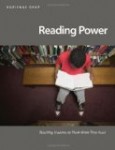 Reading Power: Teaching Students to Think While They Read
Reading Power: Teaching Students to Think While They Read
Yesterday, I attended, perhaps, the best workshop I’ve ever had the pleasure of attending. I was extremely motivated, captivated, and inspired by Adrienne Gear who is the teacher behind “Reading Power”. Her passion led her to develop a different way to approach learners and really help them tackle the other half of reading: the comprehending and connecting part of reading. By the time I left the workshop, I had ideas I wanted to incoprorate into lessons and, even better, some ideas on how to motivate some of my struggling readers. Her enthusiasm and excitement over books brought out mine. I wasn’t the only one. Ms. Gear gave us a list of fabulous books that she loves and finds beneficial in her classroom teaching of the reading powers. After she left, our principal okayed our librarian to buy EVERY ONE OF THE BOOKS. Her excitement caused a ripple effect. That’s what we want to do in the classroom and in our homes.
You may not love reading or books but you want your children to. Reading opens doors that nothing else can. It is this amazing thing that can enrich your life even while it helps you live your life. We need to read. It’s a part of life and it’s vital. But just like working at a job, it’s so much better and so much more effective if you LOVE it. Help your kids love to read. Even if you don’t. Show enthusiasm for reading and for books. Talk about books that you’ve seen or read. Talk about articles in the newspaper or online. Engage in conversation about what’s happening in the real world or a fictional one. Inspire your kids to read something new, try something new. Visit a bookstore or a library. Read a book together. Read a book side by side. Our kids spend their developing years mimicking what they see. Let them see you take part in something that can and does, literally, change lives. Read. It’s contagious.
Reading Power: Teaching Students to Think While They Read at Amazon.com
Reading Power: Teaching Students to Think While They Read at Amazon.ca


